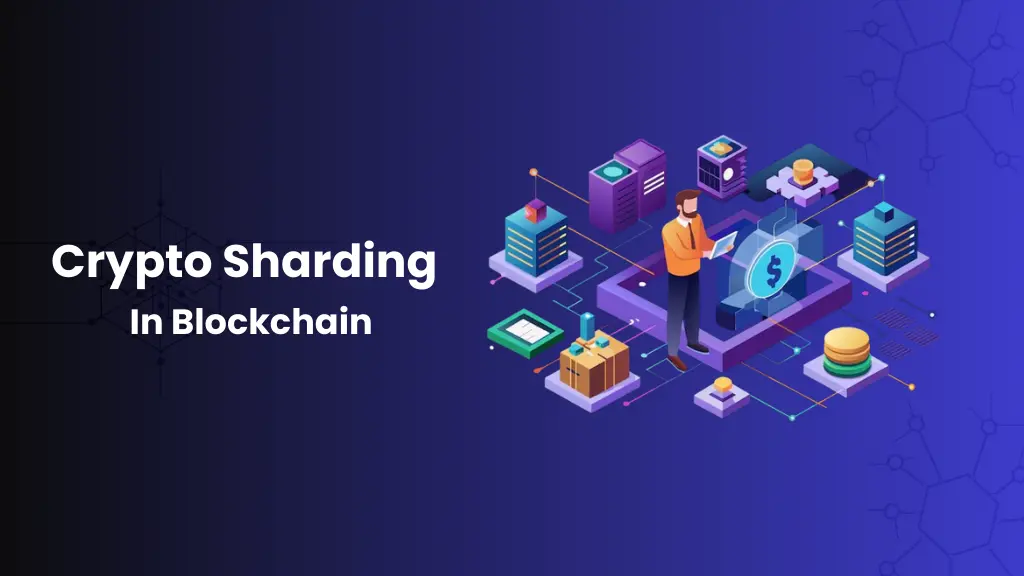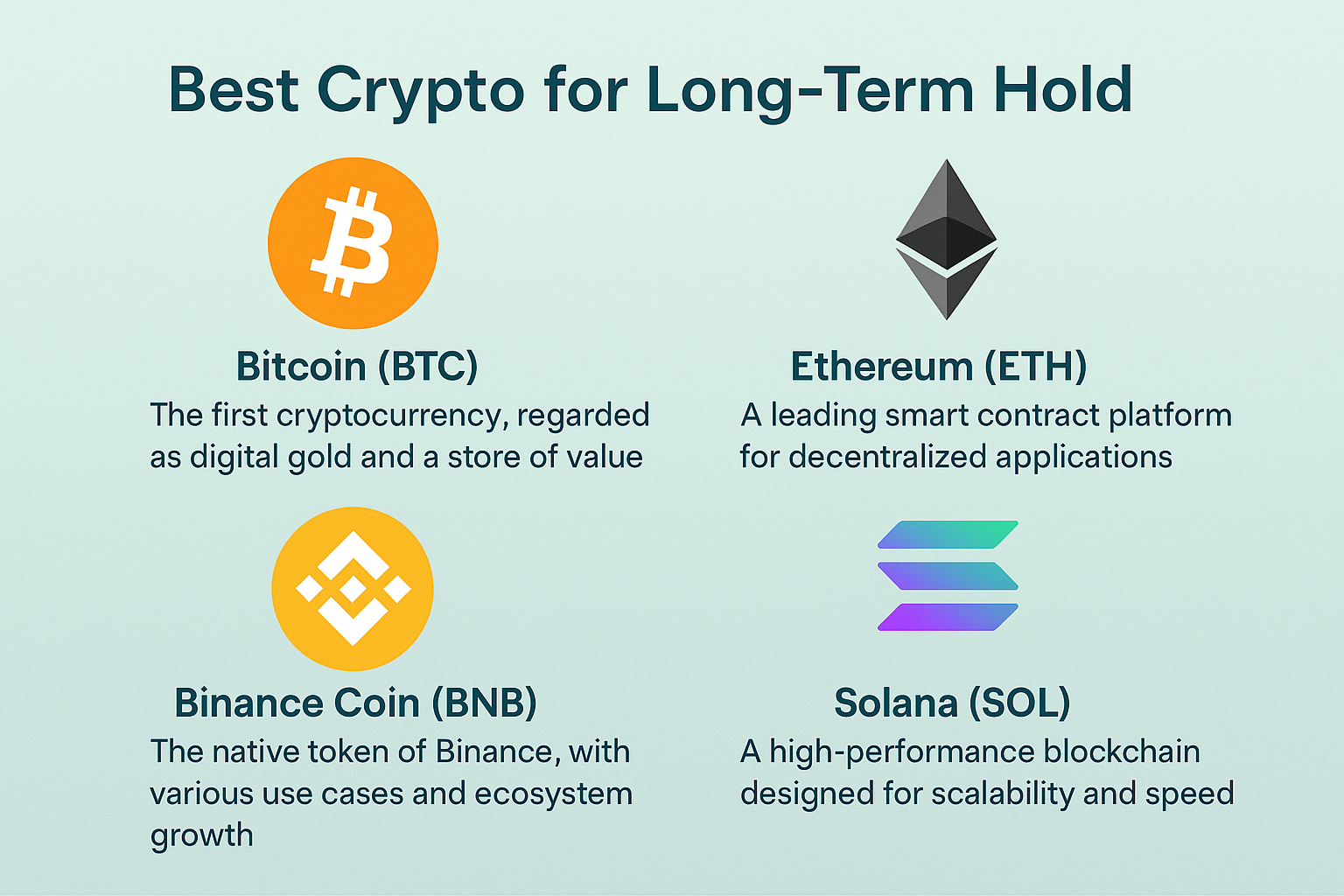🔍 What is MEV (Maximal Extractable Value)? Complete Guide for Crypto Users
As blockchain technologies evolve and decentralized finance (DeFi) gains massive adoption, a relatively technical yet crucial concept called MEV (Maximal Extractable Value) has come into the spotlight. MEV plays a significant role in how transactions are ordered, executed, and potentially manipulated within blockchain ecosystems — especially on Ethereum and other smart contract platforms.
This guide explores:
- What is MEV?
- Why MEV matters
- Types of MEV
- How MEV works on Ethereum
- MEV strategies (e.g., front-running, back-running, sandwich attacks)
- Risks and ethical considerations
- MEV and block producers
- MEV after Ethereum’s “The Merge”
- Solutions to mitigate harmful MEV
- Future of MEV
💡 What is MEV?
MEV (Maximal Extractable Value) refers to the maximum profit that validators, block producers, or miners can extract from reordering, including, or excluding transactions in a block they produce.
Originally known as Miner Extractable Value, the term changed to Maximal after Ethereum moved from proof-of-work (PoW) to proof-of-stake (PoS) with The Merge in 2022 — since validators, not miners, now handle block production.
🔎 Why MEV Matters
MEV represents a hidden profit layer within blockchain networks. It directly affects:
- Transaction fairness: MEV can distort the expected behavior of transaction ordering.
- User experience: DeFi users may suffer from slippage or worse prices.
- Network congestion: MEV bots often spam the network to compete for profitable transactions.
- Blockchain decentralization: Entities with access to MEV opportunities gain outsized influence.
While MEV is not inherently malicious, unchecked MEV can lead to centralization risks, unfair advantages, and even protocol-level attacks.
🔧 How MEV Works on Ethereum
On Ethereum, when users submit transactions:
- They enter the mempool (a queue of pending transactions).
- Validators or block builders pick and order which transactions to include in a block.
- If certain transaction sequences are profitable (e.g., arbitrage opportunities), a validator can reorder transactions or insert their own transaction before or after others.
This is where MEV comes in — the validator can extract value beyond the standard block reward and gas fees.
📊 Common MEV Strategies
1. Front-running
- A bot sees a large transaction in the mempool (e.g., a token swap on Uniswap).
- It submits a similar trade with higher gas fees to ensure it executes first.
- Result: The front-runner gets the best price, while the original user gets a worse execution.
2. Back-running
- A bot places its transaction immediately after a known profitable transaction.
- This is common in arbitrage, where one trade changes the price, and the bot exploits the new price elsewhere.
3. Sandwich Attacks
- The attacker places a buy before and a sell after a user’s trade.
- This manipulates the price in the middle, exploiting slippage.
Example:
- User wants to buy 100 ETH worth of a token.
- Bot buys just before them → price goes up.
- User buys at worse price.
- Bot sells immediately after → cashes out profit.
4. Liquidation sniping
- In lending platforms like Aave or Compound, bots monitor loans close to liquidation.
- When collateral falls below threshold, bots race to liquidate and collect a reward.
5. Arbitrage
- Exploiting price differences between DEXes (e.g., Uniswap vs. SushiSwap).
- Bots rapidly perform trades to profit from these differences, often using flash loans.
🏗️ Who Extracts MEV?
Historically, miners captured MEV. Today, in Ethereum’s PoS model, the structure is more layered:
1. Searchers
- Specialized bots that scan the mempool for MEV opportunities.
- Craft profitable transaction bundles.
2. Block builders
- Entities that assemble blocks, often working with searchers.
- Participate in systems like MEV-Boost.
3. Validators
- Choose which block to include on-chain.
- May passively receive MEV if delegated to MEV-aware builders.
This division of roles has introduced a market for MEV and block production, particularly after the implementation of Proposer-Builder Separation (PBS).
🔄 MEV After “The Merge” and with MEV-Boost
With Ethereum’s transition to PoS:
- Validators no longer control mempool ordering directly.
- MEV-Boost allows validators to outsource block building to professional builders.
- This makes MEV more accessible and democratized but also introduces centralization risks.
As of 2025, over 90% of Ethereum blocks are built using MEV-Boost.
⚠️ Risks & Ethical Concerns of MEV
While MEV can bring economic efficiency (e.g., arbitrage correcting prices), it raises several concerns:
🧨 Negative Externalities
- Gas wars between bots cause network congestion.
- Failed transactions due to slippage or front-running hurt users.
🏦 Centralization Risks
- MEV rewards may concentrate in a few large validators or builders.
- This threatens Ethereum’s decentralization ethos.
🕵️ Lack of Transparency
- Most MEV activity is opaque to regular users.
- Searchers often operate in the shadows.
💰 Economic Inequality
- Everyday users are often exploited by more technically advanced MEV participants.
🛡️ MEV Mitigation and Solutions
✅ Flashbots
- Non-profit research org.
- Introduced MEV-Boost — a system for transparent block building.
- Aims to reduce harmful MEV and democratize access.
✅ Proposer-Builder Separation (PBS)
- Splits the role of block proposal (validators) and block building.
- Prevents validators from executing harmful MEV directly.
✅ Private Mempools
- Systems like Flashbots’ Relay hide transactions from the public mempool to prevent front-running.
✅ MEV Auctions
- Searchers bid for the right to include bundles.
- Ensures MEV value is shared fairly (some to validator, some to searcher).
✅ In-protocol changes (future)
- Ethereum researchers are working on enshrining PBS directly into protocol upgrades like EIP-4844 and Danksharding.
- This may further decentralize MEV and improve transparency.
🧭 The Future of MEV
As DeFi grows, MEV will continue to play a huge role in the blockchain economy. The community must decide:
- How to balance profitability and fairness
- How to limit harmful MEV while allowing positive-sum activities like arbitrage
- How to prevent MEV from undermining decentralization
With more innovations like intent-based transactions, encrypted mempools, and zero-knowledge MEV protection, the ecosystem is working toward ethical MEV extraction that benefits both users and validators.
✅ Conclusion
- MEV is a hidden but powerful economic force within Ethereum and other blockchains.
- It can benefit or harm users depending on how it’s extracted.
- As Ethereum evolves, understanding MEV is critical for developers, validators, and even everyday DeFi users.
- Transparency, decentralization, and protocol-level safeguards are essential to managing MEV responsibly.




